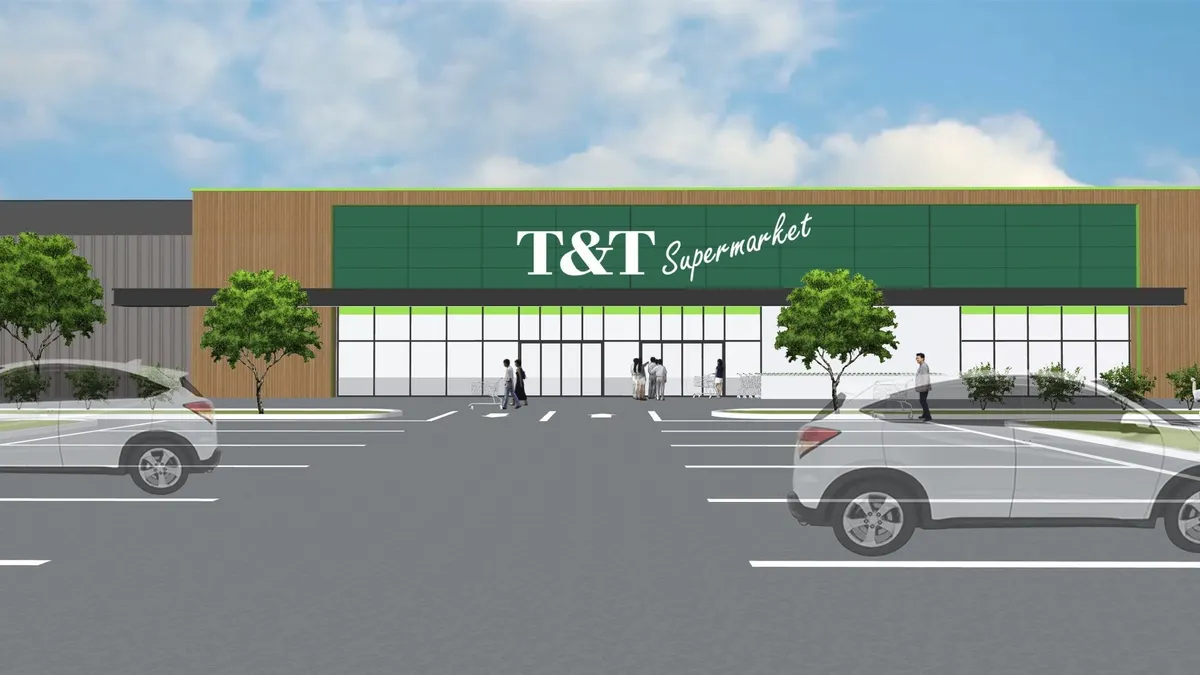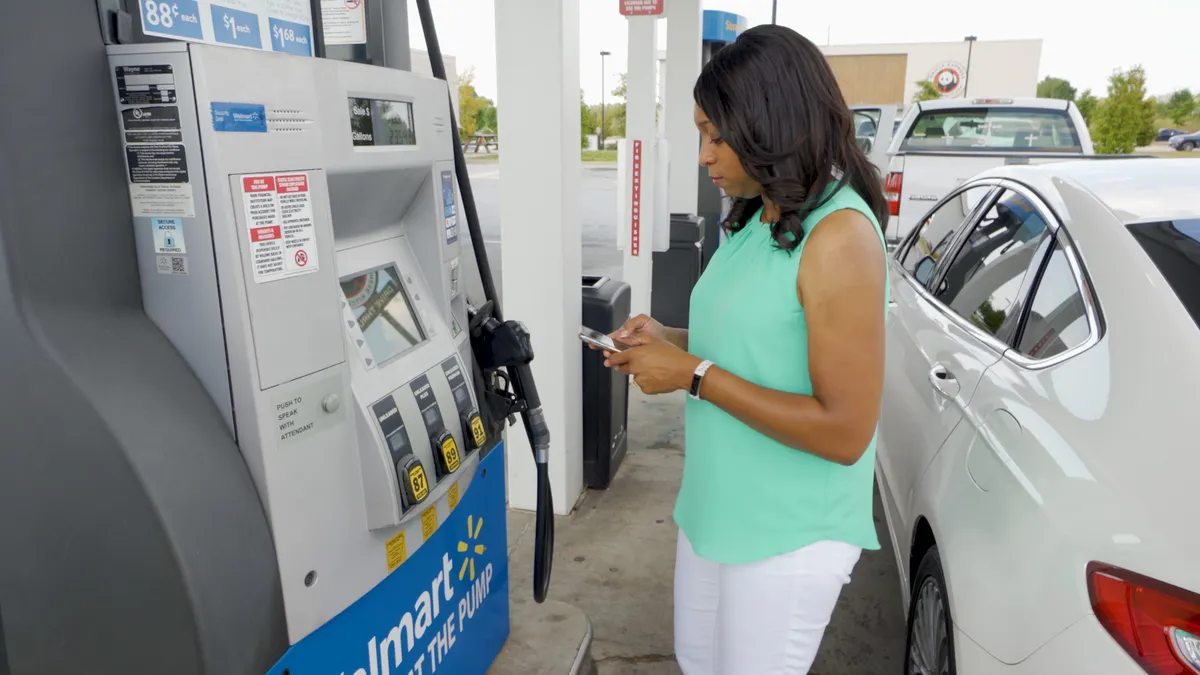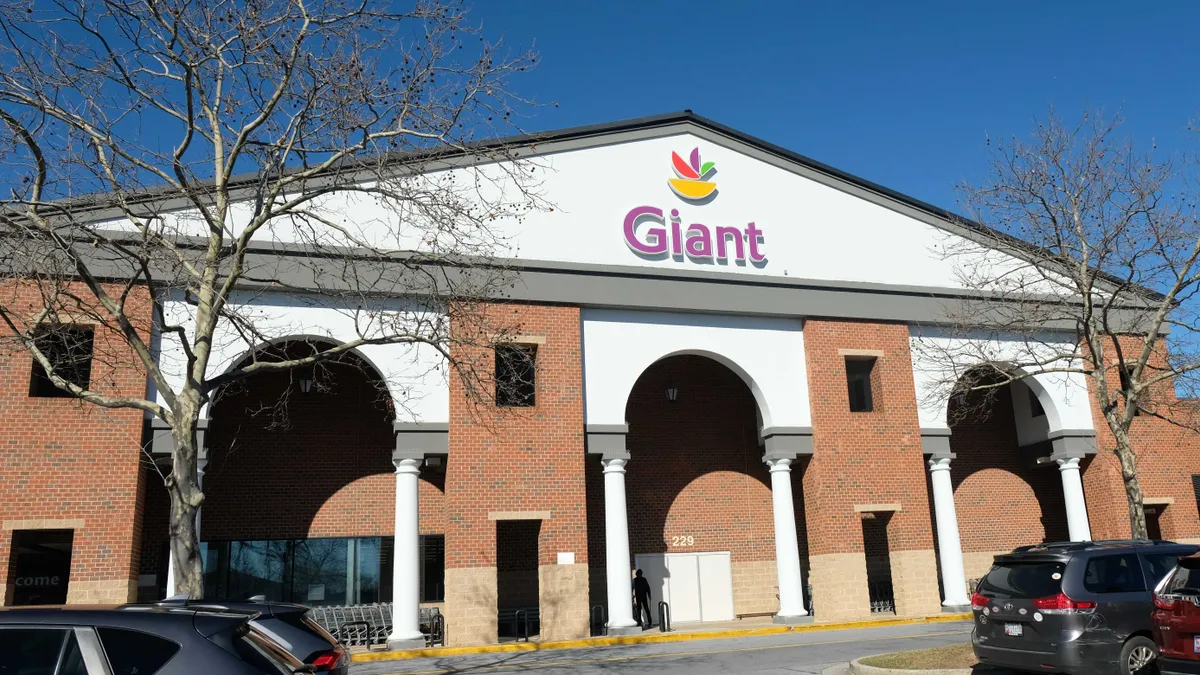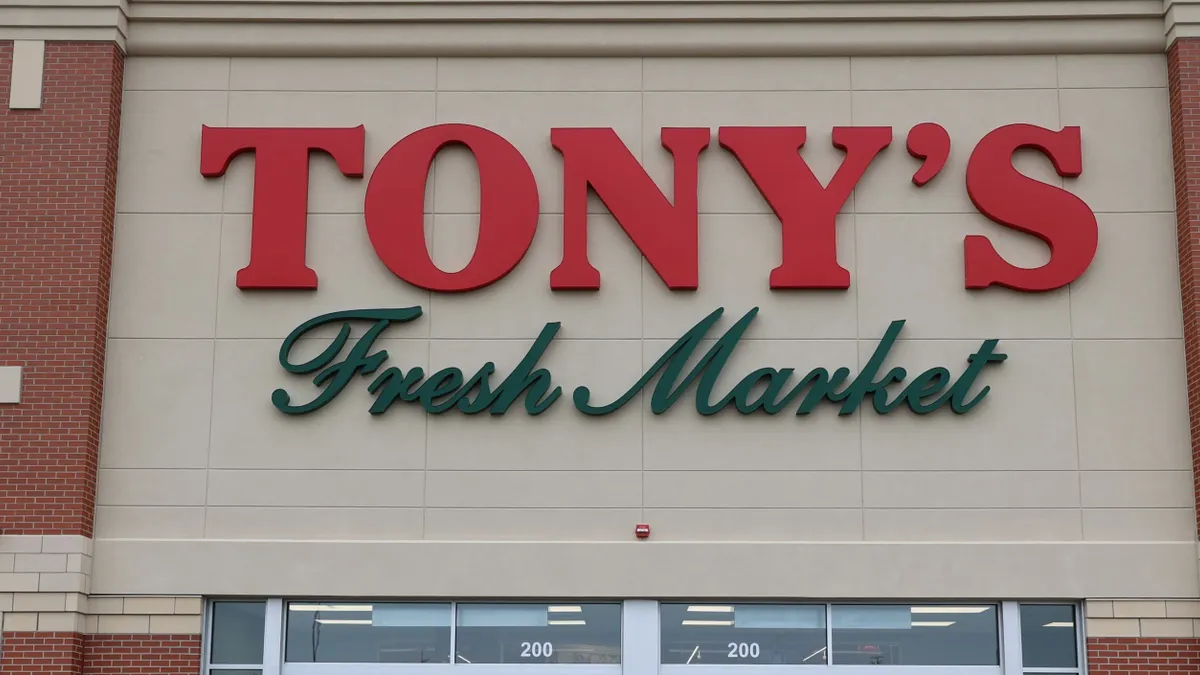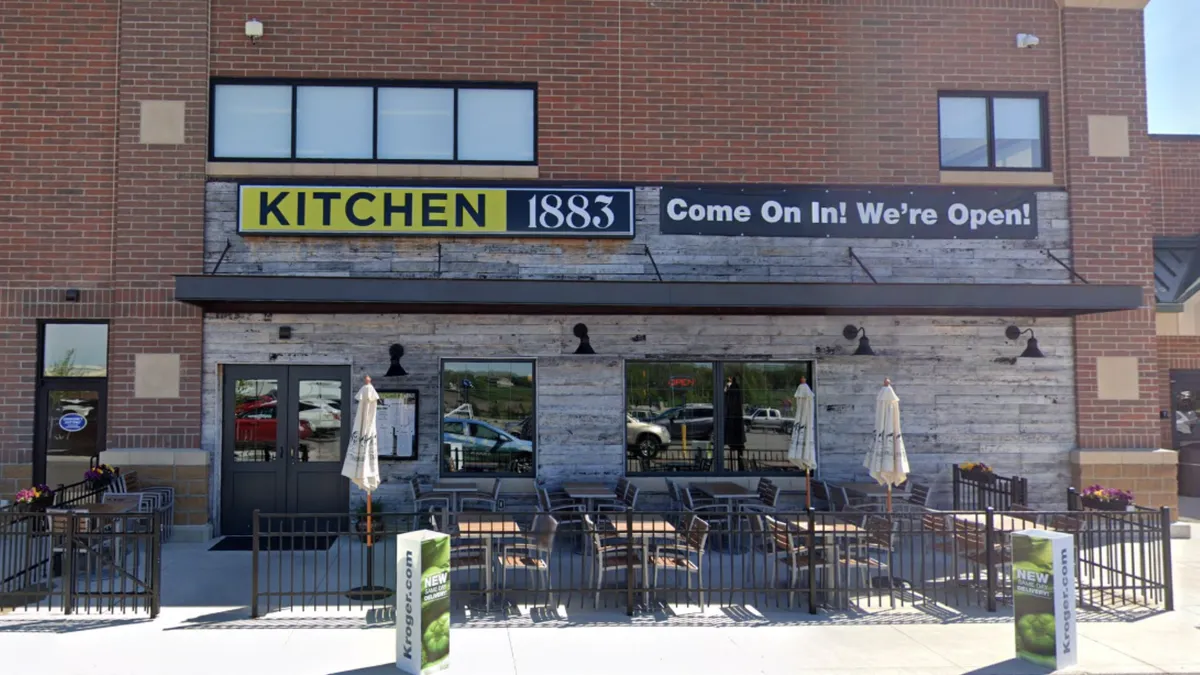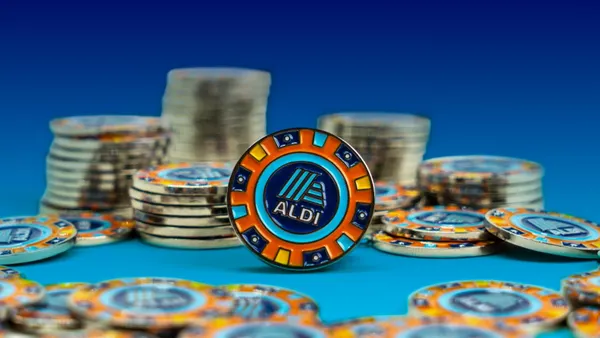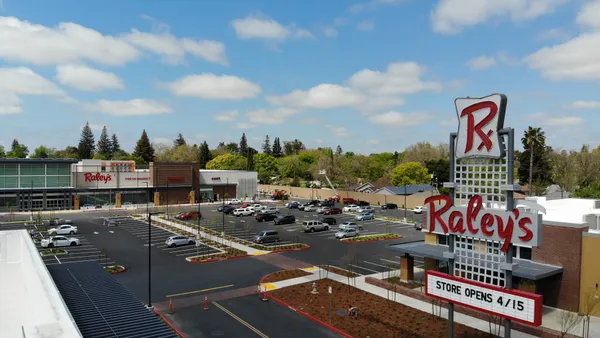Cigarettes, tobacco alternatives, salty snacks, candy, packaged beverages and beer.
These are familiar items found at convenience stores, and among the top drivers of sales for those retailers, according to Nielsen. They are easy to grab during quick stops, after filling the gas tank.
They must be good for drugstore sales, too, because these are also the products that crowd the front of the stores run by the top drugstore retailers in the U.S. (CVS stopped selling tobacco products in 2014 in order to square its merchandising with its healthcare ambitions; rivals Walgreens and Rite Aid so far have resisted taking that step despite their own moves to offer more clinical services.)
"A lot of words are being spoken about drugstores becoming wellness destinations," GlobalData Managing Director Neil Saunders said by email. "However, there isn't much action on the ground. Most drugstores are still badly lit boxes with grey carpet tiles that lock away razor blades and feel completely dispiriting. They are places to go and feel depressed, not to go and feel well. There is much work to do."
Health and beauty, and snacks and toys
The convenience store-like atmosphere of most U.S. drugstores has little in common with what is found in Europe and elsewhere overseas at analogous retailers.
Most such shops abroad tend to have an organized, sometimes clinical feel, with beauty products positioned as wellness items. L'Oréal France took that up a notch a couple of years ago with a co-branded urban store concept that added services like light therapy, along with a convenience play that featured dry cleaning, parcel pickup points and one-hour delivery for certain items.
In the U.K., Walgreens itself, whose full corporate name is Walgreens Boots Alliance after the two companies merged in 2014, runs Boots drugstores with a well-lit, beauty-focused ambience.
"I have seen firsthand the stark contrast between European drugstores and U.S. pharmacies," Marcel Hollerbach, chief marketing officer at Productsup, an e-commerce data integration company based in Berlin, said. "While U.S. pharmacies such as Walgreens and CVS can take the shape of toy stores, the snack aisle and a place for prescription medicine all at once, European drugstores tend to emphasize beauty and wellness, sans the impressive variety of chocolate bars and candy at checkout."
The U.S. retailers are probably giving junk food and other sundries pride of place because they ring up higher margins than the consumer products found in the health and beauty aisles, according to Sanford Stein, founder of Retail Speak. Decades ago, Stein's father and uncle ran a small local Milwaukee chain of discount health and beauty stores dubbed "Pill & Puff." The stores were clean and well-lit, with depth and breadth of assortment within certain categories like hair spray, Stein said.
After an investment firm bought the business with plans to expand it, that focus was lost.
"The very first thing they did was bring in the candy and all of the other crap," he said. "And within five years the whole thing was down the toilet. My father used to say, 'If a retailer thinks they're one thing on Tuesday, and something else on Friday, how is their customer going to know what they are?' Drugstores do have an identity crisis because if you're going to be taken seriously as a partner in 'well-being,' you don't want to be selling Doritos, or you don't want to be also having aisles of half-broken toys and leftover Halloween candy. All of that stuff that makes a lot of money for them, it's just a contradiction."
What it costs
Drugstores' merchandising approach — party in the front, medicine in the back — comes at a price.
As already discussed, it muddies the healthcare message that all of the major players emphasize these days, including operating as major distributors of COVID-19 vaccines. CVS a few years ago rebranded to "CVS Health," acquired a health insurance company and is running healthcare clinics across the country; Walgreens also plans to run more clinics and Rite Aid is testing a store concept that moves the pharmacy to the front.
Partnerships like CVS' tie-up with Glamsquad and Walgreens' with Birchbox (which later expanded to 500 holiday pop-ups) are indications that these retailers recognize the threat posed by Sephora and Ulta in the beauty segment. But the conditions of their own stores have likely cost them market share, as recorded by GlobalData researchers.
"Not only has this approach meant that drugstores have missed out on lucrative opportunities, such as the growth in premium beauty, it also means that they are ill-equipped to deal with present-day realities," Saunders said, noting that Amazon has entered the pharmacy business, while competitors like dollar stores and Target's small-format stores are challenging them in other categories. "It has also, to some extent, tarnished their brands."
Another challenge comes from retailers like Bed Bath & Beyond's Harmon Health and Beauty stores, with 55 locations mostly in the New York tri-state area — one of the holdings that retailer hasn't sold off. The value-focused operation, which resembles the Steins' Pill & Puff discount and merchandising approach, last month hired a Macy's veteran to help drive growth.
Moreover, convenience may boost traffic and margins, but it fails to drive loyalty because it doesn't foster an emotional attachment to the brand, according to Saunders.
"This is exactly what happened with the drugstores," Saunders said. "The problem is that they now desperately need to reinvent themselves. But after years of underinvestment this is difficult. It is hard to create a new brand image and it is hard to make consumers think about them differently. Given that most drugstore chains have thousands of shops, doing things like format refreshes is also difficult."
Still, it's imperative that they pick a lane for the long run, probably the more meaningful health and wellness path in which they've invested so much, with online and offline touchpoints that work together, according to Hollerbach. The soda fountain of old, which Stein notes was once a fixture of local drugstores that provided a gathering place and fostered loyalty, could morph into the kind of healthy smoothie bar touted at wellness centers.
"As health and wellness become increasingly associated with these brands, it's imperative this is reflected both online and offline, especially as consumers start to view a trip to the local CVS as out-of-home entertainment," Hollerbach said. "Walgreens, CVS and Rite Aid may want to have it all by promoting health and hosting aisles of junk food, but it's more likely consumers will resonate with consistent communications that fit with beauty, wellness and health."









